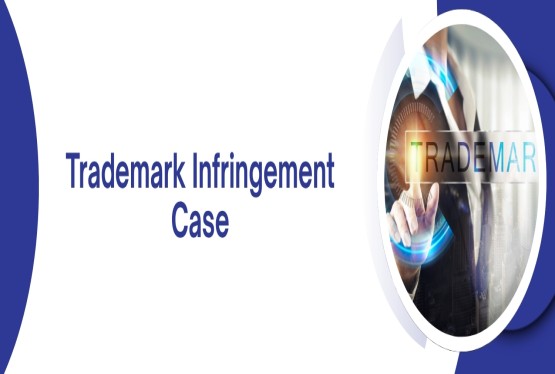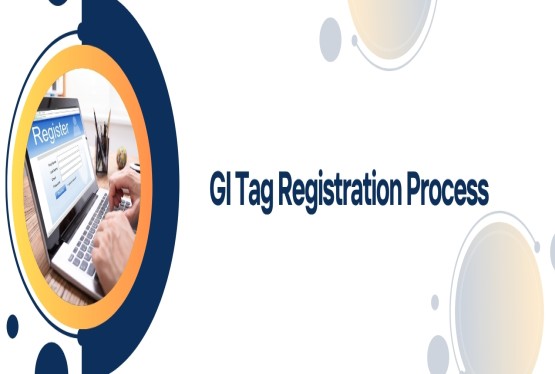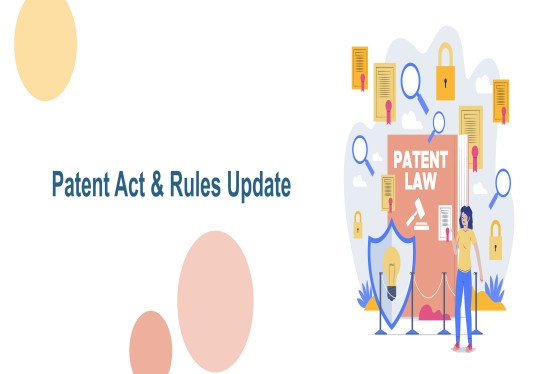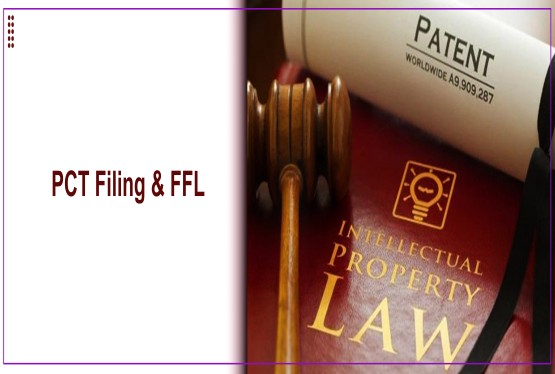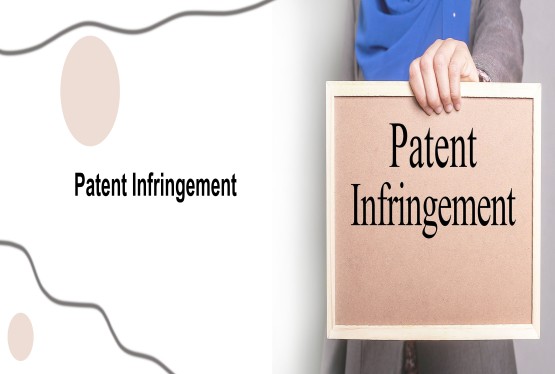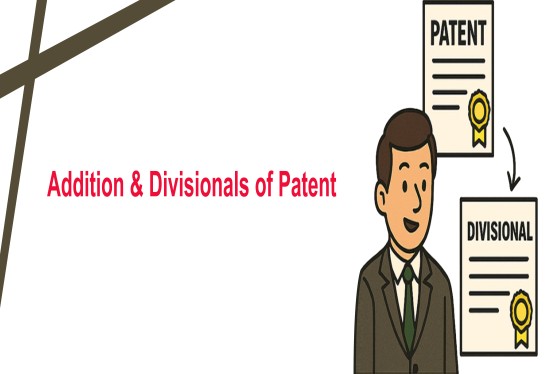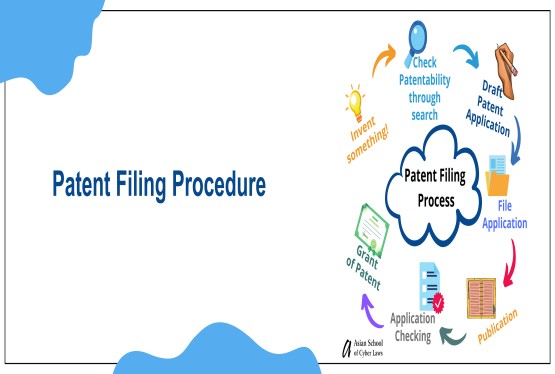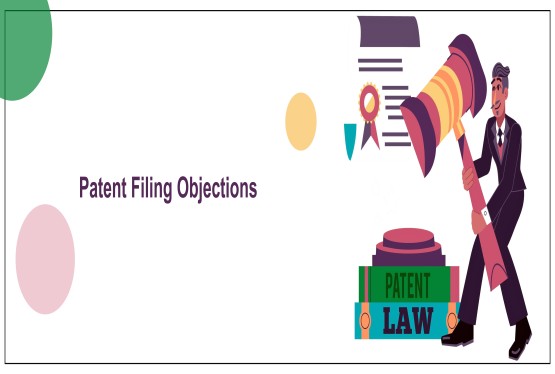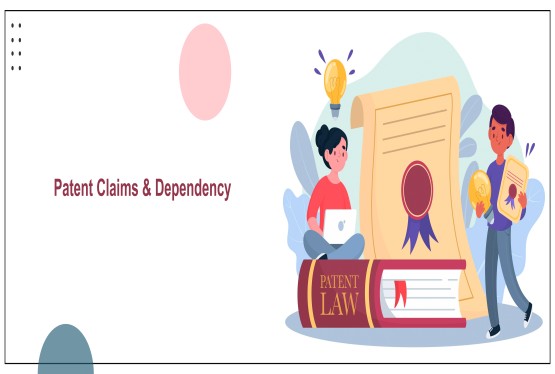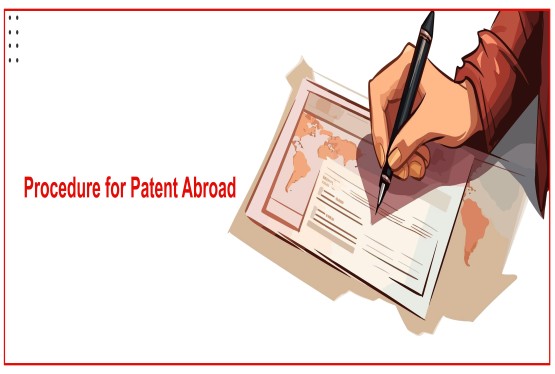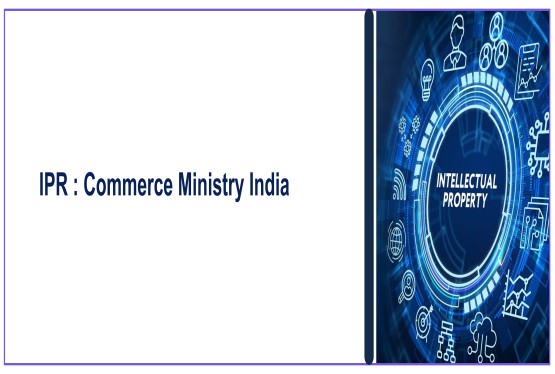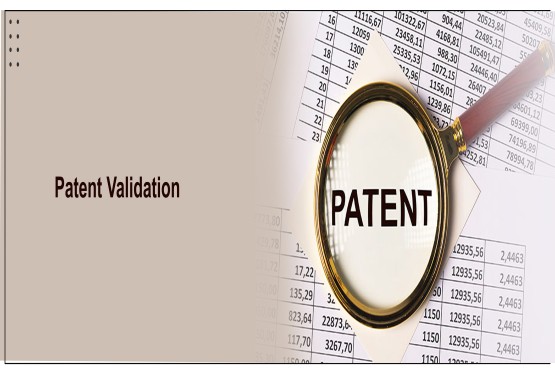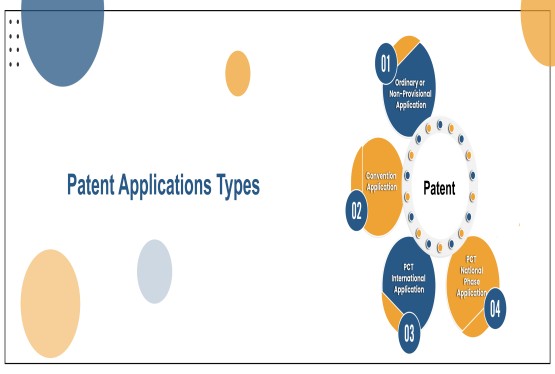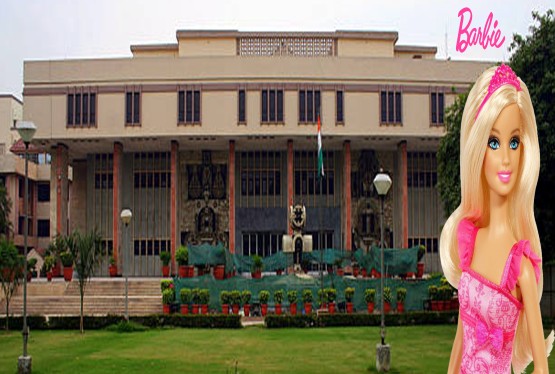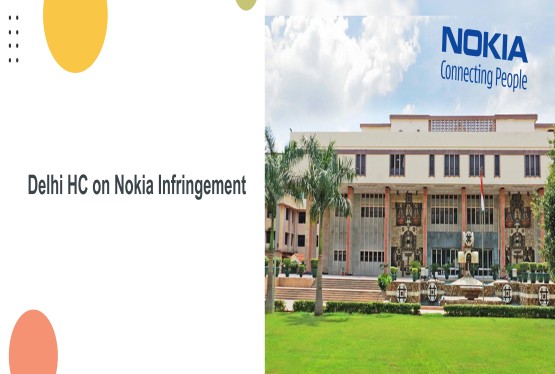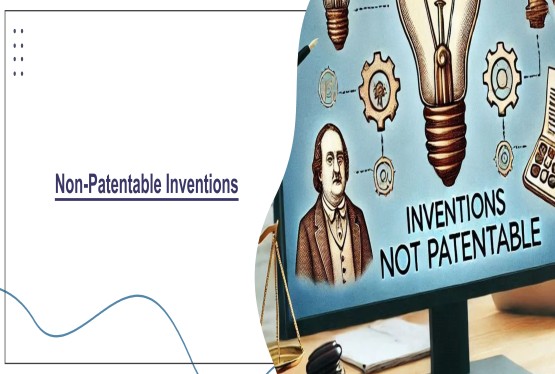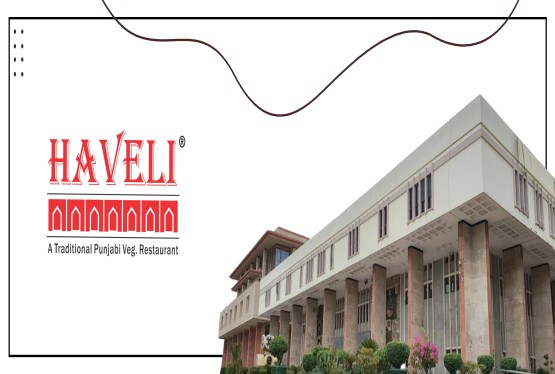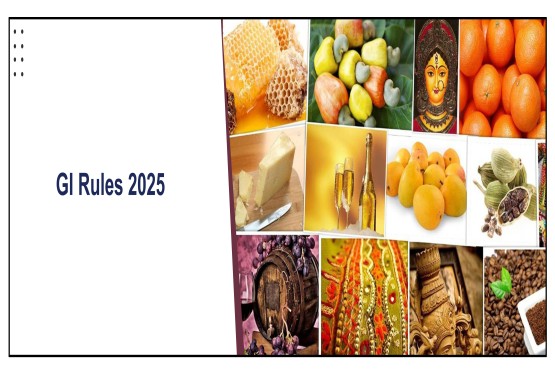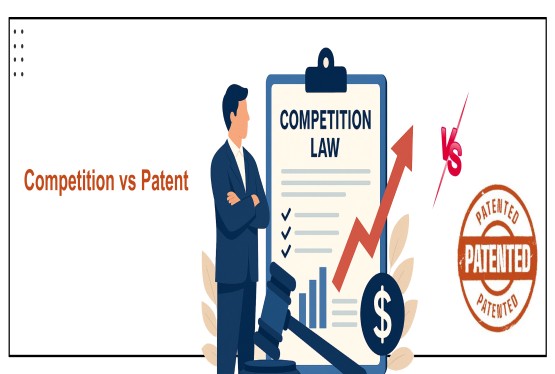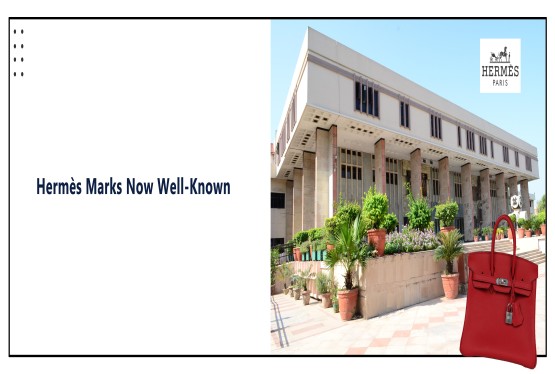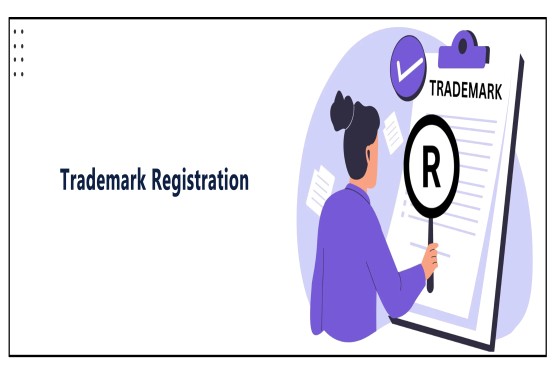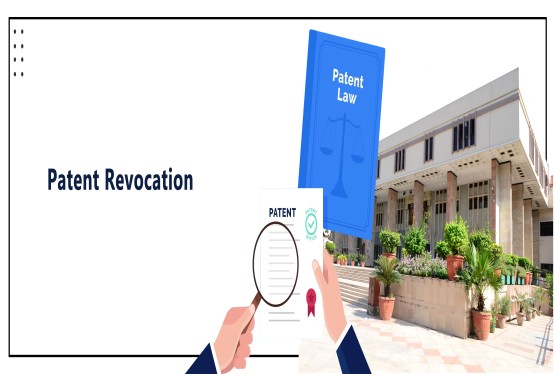The concept of intellectual property has evolved significantly over the centuries, with patents forming a central pillar in protecting and commercializing inventions globally. As the global economy expanded and innovation became more borderless, a need arose to simplify and harmonize patent procedures across countries. The Patent Cooperation Treaty (PCT), administered by the World Intellectual Property Organization (WIPO), is a significant international agreement designed to address this need. This research paper explores the evolution, structure, purpose, and procedures of the PCT and its implications on the international patent.
To learn more about international trademark.
Historical Background of the Patent System
The origins of the patent system can be traced to the 15th century in Italy, where early practices encouraged inventors by offering limited monopolies. As the Industrial Revolution surged in the 18th and 19th centuries, there was an urgent need to formalize patent rights to fuel innovation and secure commercial advantages. National patent laws were introduced, granting exclusive rights to inventors within individual countries.
However, the traditional patent system posed multiple challenges. An applicant seeking protection in multiple countries had to file individual applications in each jurisdiction, often in different languages, with different legal requirements, fees, and examination processes. This led to duplication of efforts and significant financial and administrative burdens.
To learn more about development of IPR in India.
Emergence of the Patent Cooperation Treaty (PCT)
To streamline international patenting, the idea of an international patent cooperation framework was proposed in 1967. This initiative was spearheaded by BIRPI (Bureaux Internationaux Réunis pour la Protection de la Propriété Intellectuelle), the predecessor of WIPO. The efforts culminated in the adoption of the Patent Cooperation Treaty in Washington, D.C., in June 1970. The treaty became operational in June 1978 with 18 founding member countries. As of September 2003, the number had expanded to 122 member states, with India joining the PCT on December 7, 1998.
Objectives and Importance of the Patent Cooperation Treaty (PCT)
The Patent Cooperation Treaty (PCT) was introduced to simplify the process of seeking patent protection across multiple jurisdictions. It has since become a vital international mechanism for inventors, businesses, and research institutions aiming for global patent protection in a cost-effective and efficient manner.
Simplifying and Harmonizing the Patent Filing Process
One of the fundamental objectives of the PCT is to streamline the process of filing patents in several countries. Prior to the treaty, applicants were required to submit separate patent applications in each country of interest, often in different languages and formats, and within strict timelines. The PCT replaces this with a single international patent Classification and application that is legally recognized in all contracting states. This not only reduces administrative burden but also introduces a harmonized filing format and structure, enhancing consistency and predictability in the international patent system.
Minimizing Duplication in Search and Examination Procedures
Under the traditional system, each national patent office would perform its own search and substantive examination for the same invention, often resulting in repetitive efforts and inconsistent outcomes. The PCT addresses this inefficiency by enabling an International Search Authority (ISA) to conduct a single prior art search. The resulting International Search Report (ISR) is shared with all designated countries. Further, applicants may request an International Preliminary Examination, conducted once for all jurisdictions. These mechanisms reduce the workload of national patent offices and enhance the quality and uniformity of patent examination.
Lowering Patent Application Costs Across Jurisdictions
Pursuing patents in multiple countries can be prohibitively expensive, especially for startups and small inventors. The PCT helps reduce initial costs by deferring major expenses such as translations, national filing fees, and legal representation in individual countries until later in the process typically 30 or 31 months from the priority date. This deferred cost structure gives applicants more time to assess the commercial viability of their invention and plan their international patent strategy accordingly. The cost consolidation achieved through a single application and centralized procedures makes global patenting significantly more accessible.
Facilitating Access to Technical Knowledge through Publications
A major, though often underappreciated, benefit of the PCT system is the global dissemination of technical knowledge. Every international application that is not withdrawn is published 18 months after the priority date by WIPO, along with the ISR. This early and public availability of technical information enables researchers, inventors, companies, and academic institutions worldwide to build upon existing innovations, avoid duplicative efforts, and foster further technological development. The PCT thus serves as a centralized repository of cutting-edge inventions across various fields.
Enhancing Strategic Decision-Making for Applicants
The PCT process provides applicants with valuable information at an early stage, such as the outcome of the international search and, optionally, a preliminary examination report. These reports offer insight into the patentability of the invention whether it is novel, inventive, and industrially applicable. With this information, applicants can make informed decisions about where and whether to pursue patent protection, optimize their international filing strategy, and focus their financial resources on jurisdictions with the highest commercial potential. This strategic flexibility is especially beneficial for startups and research organizations managing limited budgets.
Clarifying the Role of National and Regional Patent Offices
Despite the advantages of centralized filing and examination, the PCT does not grant a universal or international patent. Instead, it serves as a procedural framework. The final authority to grant a patent lies with each Designated Office, i.e., the national or regional patent office where the applicant seeks protection. These offices conduct their own examinations based on local laws and may accept or reject the patent application independently. Therefore, the PCT facilitates but does not replace sovereign decision-making by each country regarding the grant of patent rights.
Structure and Governance of the PCT
The governance and implementation of the PCT are managed by WIPO and its associated organs. These include:
International Patent Cooperation Union
Comprising all member countries, this Union fosters cooperation in the filing, search, and examination of international patent applications.
The Assembly
Every member country is part of the PCT Assembly. Its responsibilities include amending regulations under the treaty, approving the budget, and setting fees related to PCT applications.
The International Bureau
Based in Geneva, the International Bureau handles administrative functions, publishes the PCT Gazette, and manages communications among offices and applicants.
Periodic Meetings and Committees
To ensure operational efficiency, various committees and groups convene regularly. These include:
-
Committee for Administrative and Legal Matters
-
Committee for Technical Cooperation
-
Meeting of International Authorities
-
Working Group on PCT Reform
Information Services
WIPO provides numerous resources such as the PCT Applicant’s Guide, PCT Newsletter, and the PCT Information Service for stakeholders and applicants.
Key Authorities Under the PCT
The operational framework of the PCT is supported by designated International Authorities:
International Search Authorities (ISA)
ISAs perform searches to assess the state-of-the-art and issue the International Search Report. These include national patent offices from Australia, Austria, China, Japan, Korea, Russia, Spain, Sweden, the USA, and the European Patent Office (EPO).
International Preliminary Examination Authorities (IPEA)
These authorities conduct optional preliminary examinations upon request. All ISAs, except Spain, also serve as IPEAs. The examination evaluates novelty, inventive step, and industrial applicability.
The PCT Procedure
The PCT process is divided into two distinct phases: the International Phase and the National Phase.
To learn more about Indian patent registration.
International Phase
This phase includes the following steps:
Filing of the International Application
An applicant who is a resident or national of a PCT member country may file an international application with their national patent office or directly with WIPO’s International Bureau. The application must meet formal requirements, including language, format, and designation of member countries.
International Search
An ISA conducts a prior art search and issues an International Search Report (ISR) along with a written opinion. This helps the applicant gauge the potential patentability of the invention. This step must be completed within 16 months of the priority date.
International Publication
If the application is not withdrawn, it is published along with the ISR by WIPO 18 months from the priority date. The publication is made in multiple languages, including English, French, German, Chinese, Japanese, Russian, and Spanish.
International Preliminary Examination
This optional step enables the applicant to request a more detailed patentability analysis. Conducted by IPEAs, the outcome is a Preliminary Examination Report, issued around 28 months from the priority date. It aids applicants in making informed decisions about pursuing patents in various jurisdictions.
National Phase Under the PCT: Process and Key Considerations
The National Phase is the second and final phase of the Patent Cooperation Treaty (PCT) procedure. While the International Phase allows for centralized filing and preliminary examination, it is during the National Phase that the patent protection is sought in individual countries or regions. This phase marks the transition from an international application to separate national (or regional) patent applications, each subject to local patent laws and examination procedures.
To know more about patent registration in India.
Initiation of the National Phase
The National Phase begins when the applicant formally enters one or more designated countries or regions where patent protection is desired. This must typically occur within 30 months (or in some cases 31 months) from the earliest filing date, known as the priority date. The decision of when and where to enter the National Phase rests solely with the applicant and depends on commercial priorities, budget, and patentability assessments made during the International Phase.
Filing Translations and National Documents
A major requirement during the National Phase is the submission of a translated version of the international application. Most national patent offices require the application to be filed in an official local language. For example, the Indian Patent Office requires submissions in English or Hindi, while the Japanese Patent Office requires filings in Japanese. In addition to translations, applicants may also be required to submit national forms, priority documents (if not already provided), and declarations of inventorship or assignment.
To know more about Documents required for filling patent application.
Payment of National Fees
The applicant must also pay the national filing fees, which vary from one jurisdiction to another. These may include:
-
Filing fee
-
Examination fee
-
Publication fee
-
Annual maintenance fees (in some countries)
The failure to pay these fees on time may result in abandonment or refusal of the application in that jurisdiction. Some countries may allow late entry with additional penalties or restoration fees under limited conditions.
Appointment of Local Patent Attorneys or Agents
Many countries require the applicant to appoint a local patent agent or attorney who is authorized to practice before that country’s patent office. These representatives assist with compliance, communication, and procedural filings, and are essential for applicants unfamiliar with local legal systems. In India, for instance, only registered patent agents can represent applicants in patent prosecution before the Controller of Patents.
Compliance with National Patent Laws
Once the application enters the National Phase, it is treated as a regular national patent application. This means the applicant must comply with all procedural and substantive requirements of that country’s patent law. These include:
-
Unity of invention rules
-
Formal examination of documents
-
Substantive examination for novelty, inventive step, and industrial applicability
-
National timelines and procedures for amendments or oppositions
Even if the PCT application has received favourable international search and preliminary examination reports, the Designated Office is not bound by those findings. It retains the authority to conduct its own independent examination and may grant or reject the application accordingly.
Importance of Strategic Decision-Making
The National Phase provides applicants with an opportunity to make strategic business decisions regarding where to seek patent protection. By the time the 30-month period ends, the applicant has usually reviewed market opportunities, technology potential, and preliminary examination reports. Based on this analysis, they can choose to enter only those jurisdictions where commercial returns justify the investment in translation, legal representation, and prosecution costs.
Consequences of Non-Compliance
Failure to initiate the National Phase within the prescribed timeline or to comply with national requirements can result in loss of rights in that country. However, some countries provide remedial measures, such as grace periods or petition for reinstatement, provided the applicant shows that the delay was unintentional.
Benefits and Limitations of the PCT
The Patent Cooperation Treaty (PCT) offers a valuable procedural framework for inventors, businesses, and research institutions seeking patent protection across multiple jurisdictions. While the PCT significantly simplifies and unifies the initial steps of the patenting process, it also comes with certain limitations that applicants must understand before committing to the international route. This section outlines both the key benefits and inherent limitations of using the PCT system.
Benefits of the PCT System
Centralized Filing for Multiple Countries
One of the most significant advantages of the PCT is the ability to file a single international application that is recognized by all contracting states. This centralized filing process eliminates the need to submit separate applications in every desired country at the initial stage. It reduces paperwork, minimizes clerical errors, and allows applicants to follow a consistent application format.
Extended Timeframe for Strategic Decisions
The PCT provides a time extension of up to 30 or 31 months from the priority date for entering the national phase. This extension allows applicants ample time to assess the commercial viability of their invention in various jurisdictions, conduct market research, secure funding, or form licensing partnerships before committing to the cost-intensive national filings.
Cost Efficiency in the Early Stages
Another benefit lies in the deferred cost structure. The PCT postpones significant expenses such as translation costs, local attorney fees, and national filing fees until after the applicant has received the International Search Report (ISR) and International Preliminary Examination Report (IPER). These early assessments help the applicant decide whether to pursue patent protection in all, some, or none of the designated countries, thus optimizing resource allocation.
Informed Decision-Making Through Search and Examination Reports
The issuance of the ISR and optional preliminary examination reports provides applicants with professional insights regarding the novelty, inventive step, and industrial applicability of their invention. These reports serve as early indicators of patentability, enabling better planning and stronger decision-making for the national phase entries.
Limitations of the PCT System
No Grant of International Patent
A common misconception is that the PCT grants a single “international patent.” In reality, the PCT does not result in the issuance of a global patent. It is merely a procedural treaty that facilitates the filing process. The actual patent rights must be granted individually by each Designated Office, based on their respective national or regional laws.
National Phase Examination Still Required
Despite the unified application process, once the application enters the National Phase, each country conducts its own independent examination of the application. This includes evaluating the invention's patentability under national laws, timelines, and procedural requirements. Thus, no harmonization in substantive examination is achieved under the PCT; national offices retain full discretion.
Cumulative Costs in the Later Stage
While initial costs are deferred, they are not eliminated. Applicants must eventually bear the full costs of translations, local legal representation, and national filing and examination fees in each country where patent protection is pursued. For applicants targeting multiple jurisdictions, these costs can add up significantly and must be budgeted accordingly.
India's Role in the PCT Framework
India became a member of the PCT on December 7, 1998. The Indian Patent Office acts as a Receiving Office for PCT filings and has also been recognized as an International Searching Authority (ISA) and International Preliminary Examining Authority (IPEA). This elevates India’s position in the global patenting ecosystem and provides Indian applicants an affordable route to international protection.
Conclusion
The Patent Cooperation Treaty is a landmark achievement in the global intellectual property regime. It has made international patenting more accessible, cost-effective, and transparent. While it does not eliminate the complexities of national laws, it provides a structured pathway for inventors to secure patent protection in multiple countries with greater efficiency. As innovation continues to transcend borders, the PCT remains a vital tool in the internationalization of patent rights and fostering technological advancement across the globe.
FAQs
Q1. What is the main advantage of filing a patent application under the PCT system?
Ans. The primary advantage is the centralized filing process. Applicants can file a single international application that is recognized in over 150 contracting states, rather than filing individual applications in each country at the outset.
Q2. Does the PCT provide a global or international patent?
Ans. No, the PCT does not grant a global or international patent. It only facilitates the process of applying for patents in multiple countries. Patent rights are granted independently by each national or regional patent office during the national phase.
Q3. How much time does the PCT give before entering the national phase?
Ans. The PCT provides an extended time limit of 30 or 31 months from the priority date for applicants to enter the national phase in different countries. This gives applicants more time to evaluate the commercial potential of their invention.
Q4. Is the PCT system cost-effective?
Ans. Yes, it can be cost-effective, especially in the initial stages. It allows applicants to delay major costs, such as translations, national filing fees, and attorney fees, until they are more certain about pursuing patent protection in specific countries.
Q5. What kind of reports does an applicant receive under the PCT?
Ans. Applicants receive an International Search Report (ISR) and, optionally, an International Preliminary Examination Report (IPER). These provide early insights into the patentability of the invention, helping applicants make better decisions about national filings.
Q6. Are the PCT search and examination reports binding on national patent offices?
Ans. No, these reports are not binding. They serve as advisory tools. Each Designated Office conducts its own examination and makes an independent decision on granting a patent based on its national laws.
Q7. Do applicants still need to comply with national laws after filing through PCT?
Ans. Yes, even under the PCT, once the application enters the national phase, the applicant must comply with all national requirements, including translations, forms, fees, and local legal representation.
Q8. Will I need to hire patent agents in country each during the national phase?
Ans. In most cases, yes. Many countries require that you appoint a local patent attorney or agent to represent you during the national phase of the application.
Q9. Are there any cost drawbacks to using the PCT system?
Ans. While the PCT system defers initial costs, it does not eliminate them. Eventually, applicants must pay translation costs, national filing fees, and attorney fees in each country they wish to pursue patent protection.
Q10. Is the PCT system suitable for all inventors?
Ans. The PCT is most beneficial for applicants seeking patent protection in multiple countries. If protection is only needed in one or two countries, a direct national application may be more efficient and economical.






























_(b)_of_the_Trademark_Act,_1999_(1)_crop10_thumb.jpg)



_crop10_thumb.jpg)




























_crop10_thumb.jpg)
_crop10_thumb.jpg)






_crop10_thumb.jpg)








_crop10_thumb.jpg)



_crop10_thumb.jpg)





























_crop10_thumb.jpg)

















_crop10_thumb.jpg)






_crop10_thumb.jpg)












































































































































_crop10_thumb.jpg)




































_crop10_thumb.jpg)












_crop10_thumb.jpg)













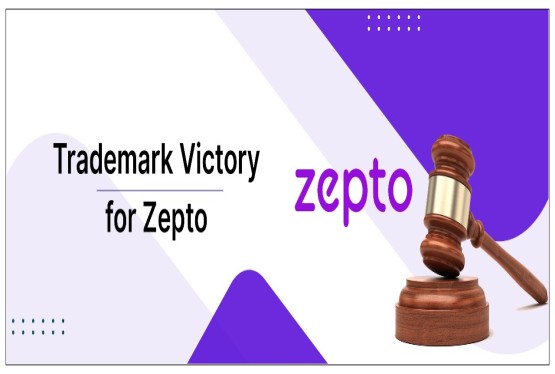




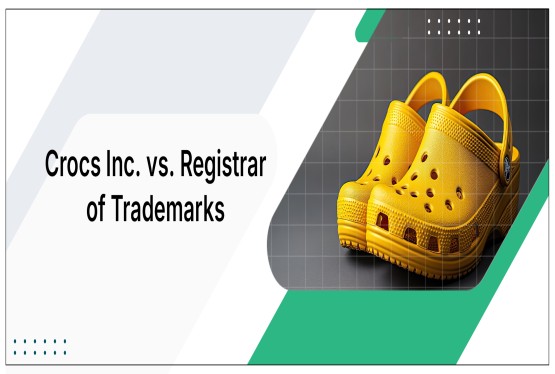















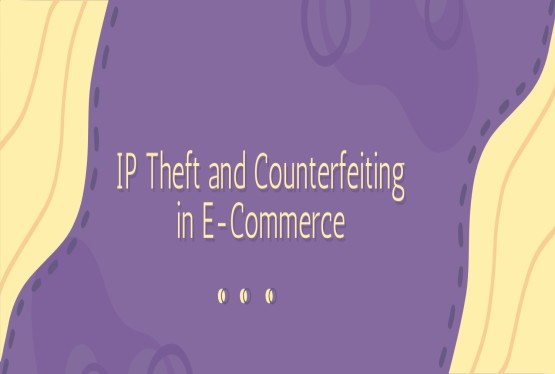












_crop10_thumb.jpg)






